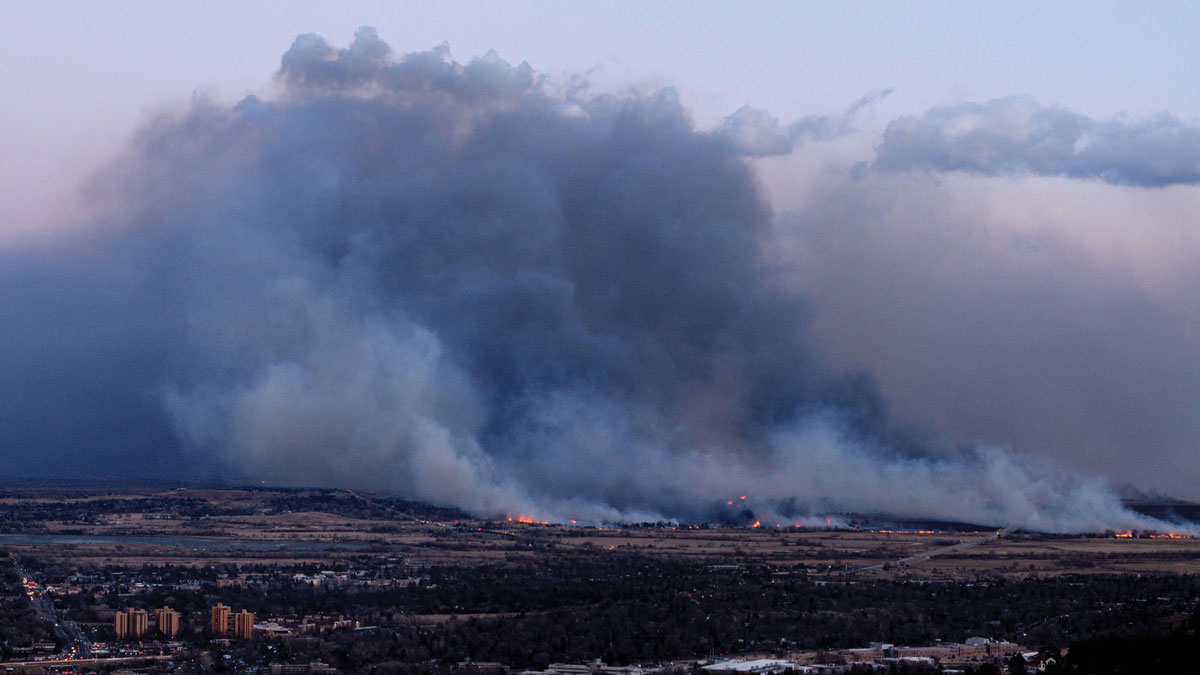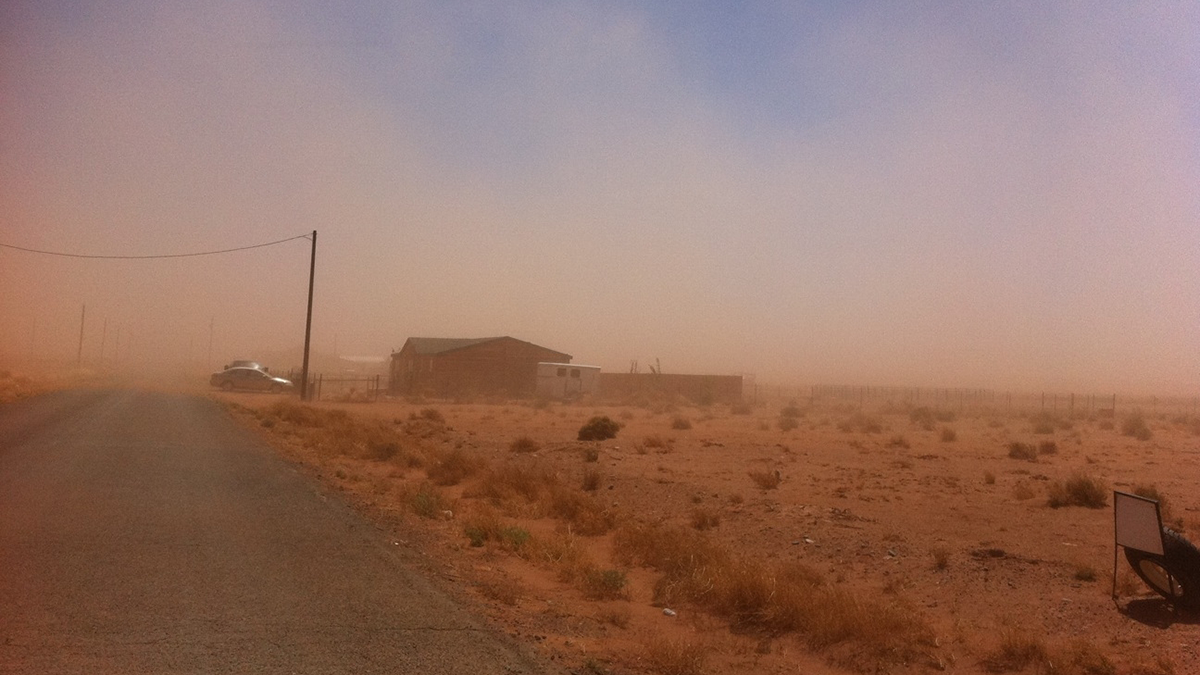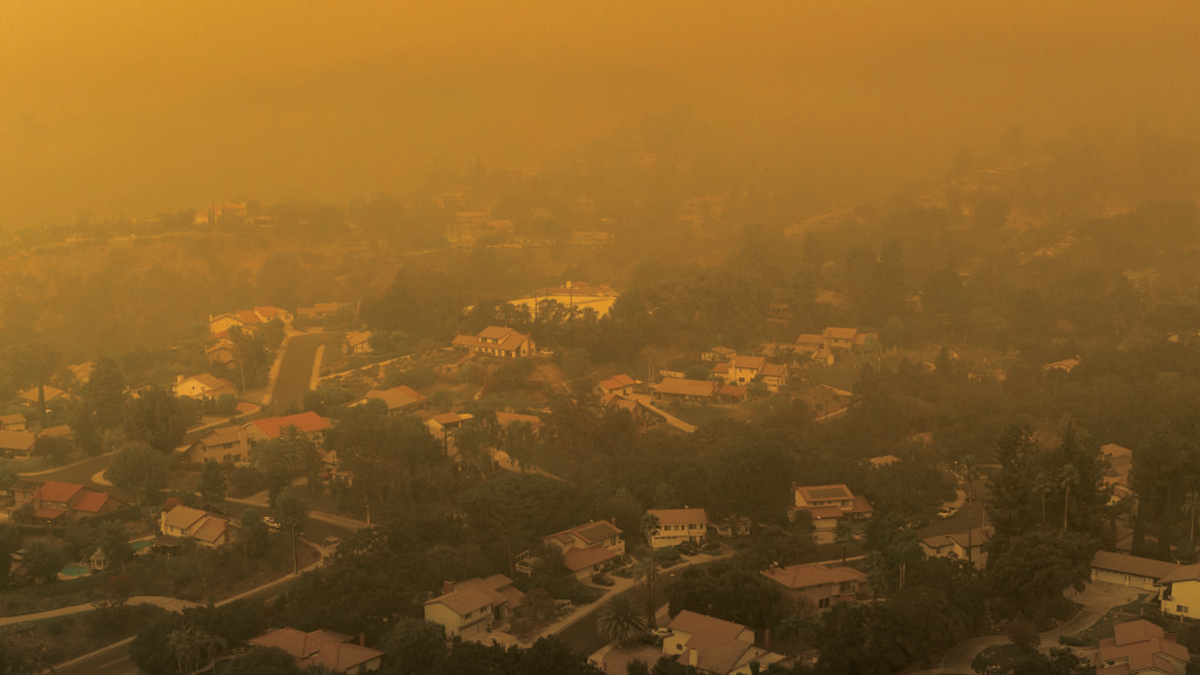Concentrations of the cancer-causing chemical far surpass EPA threshold levels for safety in southeastern Louisiana.
air pollution
Forever Chemicals Are Raining Down on the Great Lakes
PFAS levels are growing in some of the Great Lakes, and precipitation is a big contributor.
An Air Quality Model That Is Evolving with the Times
The pioneering Sulfur Transport and Deposition Model, initially designed to simulate atmospheric sulfur, continues to find new applications and value in environmental science and policymaking.
A Powerful New Model for U.S. Climate–Air Quality Interactions
NOAA’s Geophysical Fluid Dynamics Laboratory has developed a new variable-resolution global chemistry-climate model for research at the nexus of U.S. climate and air quality extremes.
When Fieldwork Comes Home
The impacts of the 2021 Marshall Fire rippled through a community of Colorado geoscientists, spurring them to action.
Ocean Waves Mist Decades-Old PFAS into the Atmosphere
“Forever chemicals” enter the air as sea spray aerosols, polluting coastlines and beyond.
Air Pollution Has Masked Climate Change’s Influence on U.S. Rainfall
A study suggests that high levels of aerosol pollution have offset higher precipitation levels caused by a warming climate.
A Dust-Up Over Dust Measurements
Dust has significant impacts on the environment, climate, air quality, and human health, yet dust events are underestimated and therefore do not receive the level of attention necessary.
India’s Disadvantaged Groups Face More Air Pollution
A new study investigates disparities in air pollution exposure across different socially disadvantaged groups in India.
The Connections Between Landscape Fires and Your Health
A transdisciplinary reference guide to investigating relationships between biomass burning during landscape fires, the smoke it creates, and the impacts on human health and well-being.










